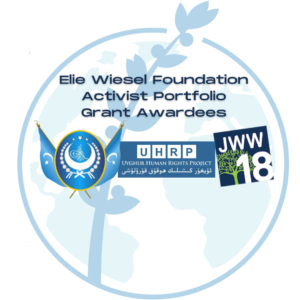I knew I shouldn’t have gone into the room about children long before I stepped inside. It’s the last room of the Kigali Genocide Memorial Center here in Rwanda, and it’s not like the kind young man that greeted us at reception didn’t give me fair warning that it was coming. I was already in tears — the memorial is intensely powerful and personal — and I knew it would push me over the edge.

No little boy’s last words should be “Mama, where should I run to?” I didn’t want to know about the little girls, sisters, best friends, who shared a doll and were murdered together. I didn’t want to know about the brother who was a mama’s boy and the sister who was a daddy’s girl who were shot as if they were not, somehow, brimming with humanity and potential.
I don’t want to know these things. There is no way of making these stories academic, of turning back to my books and explaining away this intensely personal brutality with theory and analysis. And that’s the way I operate — making the intimacy of genocide either academic or actionable. I’ve been doing this — studying genocide, analyzing genocide, trying to understand how to prevent genocide — for thirteen years.
But now it’s personal.
These children that died — that were murdered, whose families were destroyed by their destruction, whose potential was snuffed out so early — some were only a little older than my daughter. My sweet girl who has only just started chatting and babbling, who desperately wants to crawl and who I am desperate to see grow and develop — how lucky am I that I will have this with her? How horrible that Rwandan parents — those that survived their children — do not? That they have to live now every day knowing their children are missing from this world? That in some cases they need to continue to live, side by side, with their children’s murderers — possibly not forgiving, definitely not forgetting, but nonetheless coping, somehow, with the reality?
Tomorrow morning we leave for Goma — and from here on out nothing will be academic. It will be impossible. We will hear about brutality that is unparalleled the world over. And I will know the women and children who are telling me these stories. I will hold their hands and cry with them. It will be very, very personal, and very, very hard.
But I also know why we’re here. Because I know that behind every terrible story, there is a person with strength that is working to rebuild. And I know the incredible potential of Congo — in the character of its people, in the depth of its culture, in the richness of its resources.
After the Genocide Memorial today we visited the Agahozo-Shalom Youth Village, where now 350 of Rwanda’s most vulnerable orphaned children have the opportunity to study as a community and grow as adults. They learn to resolve conflicts and trust themselves. After only a year they have the confidence to confront Rwanda’s government ministers on the most difficult of national questions. Their potential is only just blooming — it’s a long road, but an important investment in a country still working to rebuild.
I know Congo can do it too. And I’m positive that we can help.


